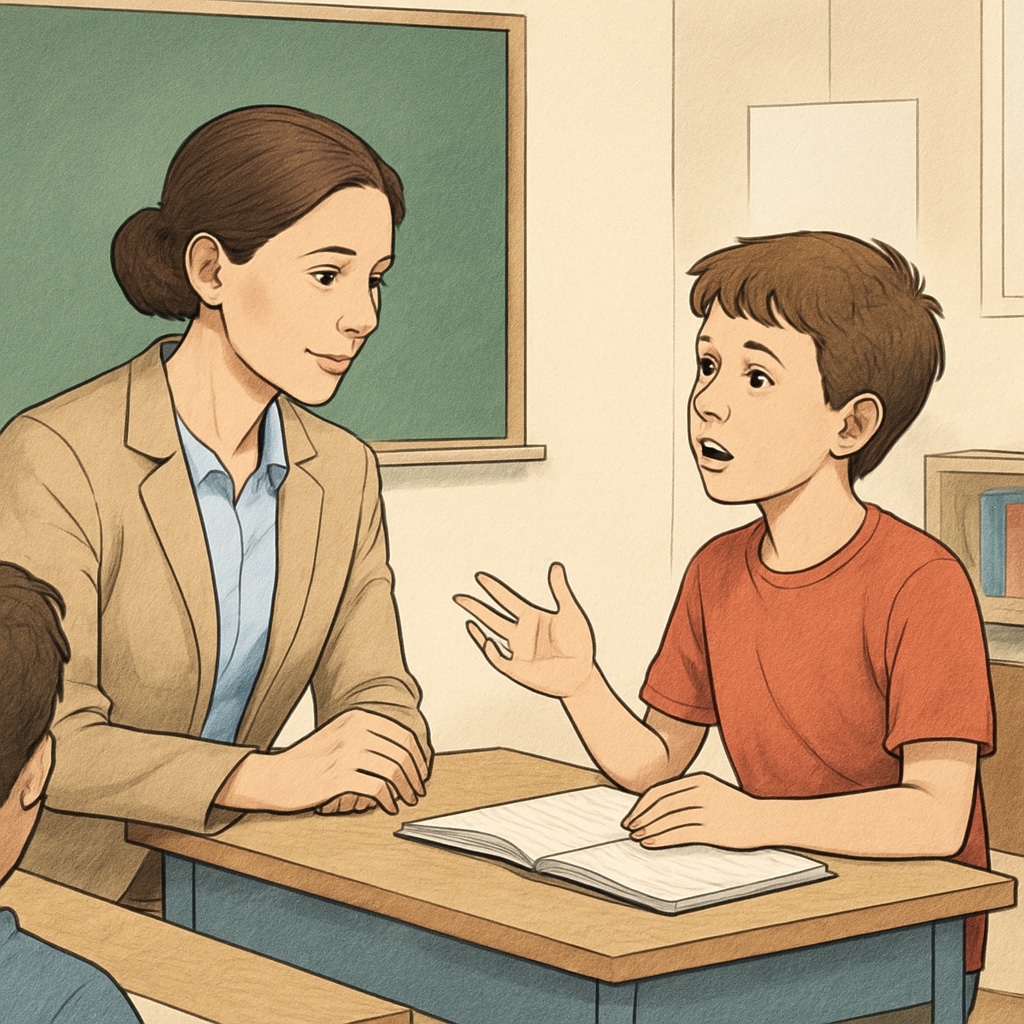In classrooms worldwide, students often silently carry the weight of feeling unheard. Yet, moments of genuine connection—when a teacher truly listens—can have transformative effects. One such moment occurred when a teacher was moved by a student’s heartfelt words: “Thank you for truly hearing me.” This simple expression of gratitude highlights the profound impact of respect in education, shaping confidence and motivation in ways that extend far beyond the classroom.
The Transformative Power of Respect in Education
Respect is a cornerstone of effective education. When teachers respect students’ perspectives, they foster an environment where learning thrives. This goes beyond simply hearing students’ words; it involves actively listening, understanding their viewpoints, and validating their experiences. For example, when a teacher responds thoughtfully to a student’s question or concern, the student feels valued. This sense of value directly contributes to their confidence and willingness to engage further in their education.

Research supports this idea. According to a study published by the Encyclopedia Britannica, students who feel respected are more likely to develop stronger self-esteem and exhibit greater motivation to learn. Respect in education is not just about maintaining discipline or classroom order; it is about creating a space where students feel they matter. This environment encourages intellectual curiosity and emotional well-being.
When a Student Says, “Thank You for Truly Hearing Me”
The story of a teacher receiving a heartfelt “thank you” from a student is more than just a touching anecdote. It reflects the deep emotional impact that respect can have. The teacher, in this case, made a conscious effort to listen to the student’s concerns during a challenging period. Instead of dismissing their thoughts, the teacher asked follow-up questions, validated the student’s feelings, and collaboratively worked toward a solution.
The student later expressed their gratitude, saying, “Thank you for truly hearing me.” This moment not only strengthened the teacher-student relationship but also empowered the student to approach future challenges with confidence. Such interactions underline the importance of fostering open communication and mutual respect in classrooms.

How Respect Shapes Confidence and Motivation
Respectful interactions between teachers and students can lead to several positive outcomes:
- Boosted Confidence: Students who feel heard are more likely to believe in their abilities. They understand that their opinions and contributions are valued, which encourages them to take academic risks and explore new ideas.
- Enhanced Motivation: When students feel respected, they are more motivated to participate actively in their education. This engagement often leads to better academic performance and personal growth.
- Stronger Relationships: Respect fosters trust between teachers and students, creating a supportive environment where both parties can thrive.
Educators can implement respect in practical ways, such as allowing students to voice their opinions during class discussions, offering constructive feedback, and showing empathy during difficult times. These actions may seem small, but their impact is immeasurable.
Final Thoughts: Building a Culture of Respect
The story of the student’s gratitude reminds us that education is not just about imparting knowledge; it is about building connections. Respect is the foundation of these connections, enabling students to grow both academically and personally. Teachers who listen, validate, and empower their students contribute to a culture of respect that leaves a lasting impact.
As educators and mentors, we should strive to create moments where every student feels heard and valued. These moments, though seemingly small, have the potential to shape a student’s future in profound ways. After all, when a student says, “Thank you for truly hearing me,” it is a testament to the transformative power of respect in education.
Readability guidance: This article uses short paragraphs, lists, and transitions (e.g., “for example,” “in addition,” “as a result”) to ensure clarity. Active voice is prioritized, and passive constructions are minimized.


